| Mexico was the one who unveiled cocoa to the world. |
| Cocoa makes one of the most delicious products: chocolate. |
|
The Olmecs (1500-400 BC) were the first humans to taste the cocoa drink as follows: grind the cocoa beans, mixing them with water, and adding spices, peppers and herbs. The Olmecs were the first to grow cocoa in Mexico. In the course of centuries, cocoa culture spread to the Maya civilization (600 BC) and Aztec (1400 BC).
|
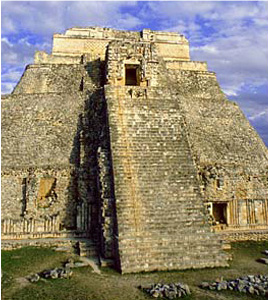 |
The Mayans used the cocoa pod to create a drink around the year 600. Similarly there are several documents indicating the preference of the Aztecs for cocoa, the Aztecs prepared a concentrated bitter beverage called techocolat, whose consumption was reserved exclusively for the emperor, nobles and warriors. |
| The cocoa pod was worth more to the Indians than gold, and they used it as a bargaining chip to barter. | |
| For these civilizations, cocoa was a symbol of abundance that was used on religious rituals dedicated to Quetzalcoat the Aztec god, bearer of men´s cococa, Chak Ek Chuah, the patron saint of mayan cocoa. | |
| It was also used at the time of the funeral of the elites as an offering. |
|
In the sixteenth century when Christopher Columbus arrived in America, the Indians drank the famous “xocolatl” a drink with a strong flavor that produced great vitality and energy. Cocoa cultivation in Mexico at that time was spread throughout the warm temperate zone of the country. From the province of Tabasco, to Michoacan, Colima, Chiapas and Campeche. It produced spontaneously, but also four main varieties cultivated plants: Quauhcahuatl, cocoas Tlacacahuatl. The most appreciated were the Tabasco areas, in Chiapas and Soconusco by the large size of their seeds for flavor and fragrance. In 1519, Hernán Cortés came to Mexico with a good business sense, Cortes got that the Aztecs changed his cocoa for gold, metal indifferent for the Indians at that time. The Spanish acquired the habit of consuming the drink of chocolate like Aztecs, with the only difference that they added sugar. In one of the letters that Hernan Cortes sent to Carlos V he assured him that a cup of “xocoatl” gave enough strength to sustain a soldier for a day of travel. In 1528 Cortes returned to Spain with a cargo of cocoa, also with recipes and utensils for their preparation. Cocoa pods were fermented, sun dried, roasted and crushed between two hot stones into an aromatic paste, in a molded bar then they added water, sugar or honey and cocoa spices . It was considered a drug, tonic and even an aphrodisiac. In turn the recipes improved; chocolate could be a food or beverage. For a long time the chocolate was exclusive and reserved to the privileged social classes. However, smuggling, visitors to the Spanish court, catches of vessels returning from Mexico, were some of the events that allowed cocoa to reach other countries. In 1615 cocoa was introduced in France thanks to the royal marriage of Louis XIII with the Spanish princess Anne of Austria. In 1646 it was introduced in Germany, also in England in 1657, where tasting rooms opened as the “Cocoa Tree” and “White’s”.
|
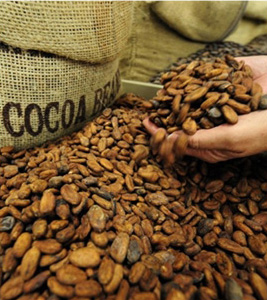 |
In 1659 the first chocolate factory in Paris opened. |
| In 1697 a Swiss tested chocolate in Belgium and took it to his homeland in 1711. Cocoa also reached Austria by Emperor Charles VI. | |
| In 1720 the Chocolate stores in Italy were acclaimed for their high quality. It was until 1765 that chocolate was discovered by the Americans, when they were a colony of England. | |
| Charles Linne was who gave the Latin name for cocoa “Theobroma” which means food of the gods. In addition chocolate was used as medicine for its fortifying and invigorating properties. |
|
In 1819, in Paris, Pelletier installed one of the first chocolate factories that used steam. In that year Fransi Louis Cailler founded in Vevey, Switzerland, the first chocolate shop in the country and in 1831 founded the second Ammédée Kohler Swiss chocolate shop that is set in Lausanne.
During 1830 and 1879 in Vevey, Switzerland, Nestlé Henri’s lab was adjacent to a small chocolate shop created by Daniel Peter.
One day Peter decided to add milk to chocolate and so was born the first milk chocolate in the world. Peter was later associated with Cailler and Kohlr and in 1929 the three brands were merged with Nestlé, obtaining therefore the ultimate union of milk chocolate. Meanwhile Rodolphe Lindt invented the chocolate melting.
In 1828 the Dutchman Conrad Van Houten invented a dam that allowed him to remove the fat of cocoa staying only cocoa powder that we know as bitter cocoa. In 1847 England proposed for first time, thanks to the ingenuity of Fry house and sounds, chocolate in a solid form.
At the possibility of losing the lead in the production, Switzerland decided to elaborate large-scale production centers closer to the points of consumption. During the seventies the Americans introduced automated systems requiring large investments. Now, new forms and products are adapting to the market throughout the world to maintain quality of chocolate. |

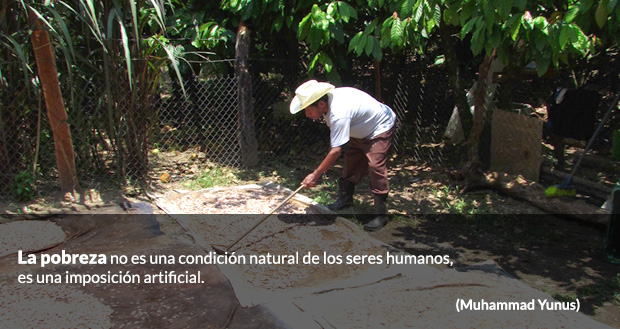

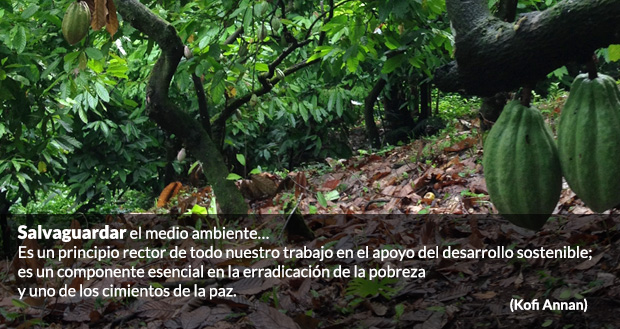
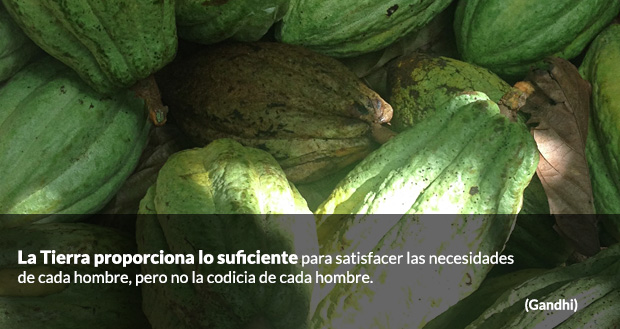
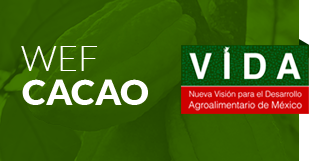
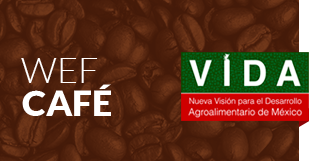
![[en]Hershey's Project / Mexico Cocoa Foundation[/en][es]Proyecto Hershey´s/ Fundación Cacao México[/es] [en]Hershey's Project / Mexico Cocoa Foundation[/en][es]Proyecto Hershey´s/ Fundación Cacao México[/es]](https://cacaomexico.org/wp-content/gallery/galeria/thumbs/thumbs_26.jpg)
![[en]Hershey's Project / Mexico Cocoa Foundation[/en][es]Proyecto Hershey´s/ Fundación Cacao México[/es] [en]Hershey's Project / Mexico Cocoa Foundation[/en][es]Proyecto Hershey´s/ Fundación Cacao México[/es]](https://cacaomexico.org/wp-content/gallery/galeria/thumbs/thumbs_4.jpg)
![[en]Hershey's Project / Mexico Cocoa Foundation[/en][es]Proyecto Hershey´s/ Fundación Cacao México[/es] [en]Hershey's Project / Mexico Cocoa Foundation[/en][es]Proyecto Hershey´s/ Fundación Cacao México[/es]](https://cacaomexico.org/wp-content/gallery/galeria/thumbs/thumbs_57.jpg)
![[en]Hershey's Project / Mexico Cocoa Foundation[/en][es]Proyecto Hershey´s/ Fundación Cacao México[/es] [en]Hershey's Project / Mexico Cocoa Foundation[/en][es]Proyecto Hershey´s/ Fundación Cacao México[/es]](https://cacaomexico.org/wp-content/gallery/galeria/thumbs/thumbs_13_0.jpg)
![[en]Visit Project[/en][es]Visita Proyecto[/es] [en]Visit Project[/en][es]Visita Proyecto[/es]](https://cacaomexico.org/wp-content/gallery/galeria/thumbs/thumbs_49_0.jpg)
![[en]Visit Project[/en][es]Visita Proyecto[/es] [en]Visit Project[/en][es]Visita Proyecto[/es]](https://cacaomexico.org/wp-content/gallery/galeria/thumbs/thumbs_54_0.jpg)

























